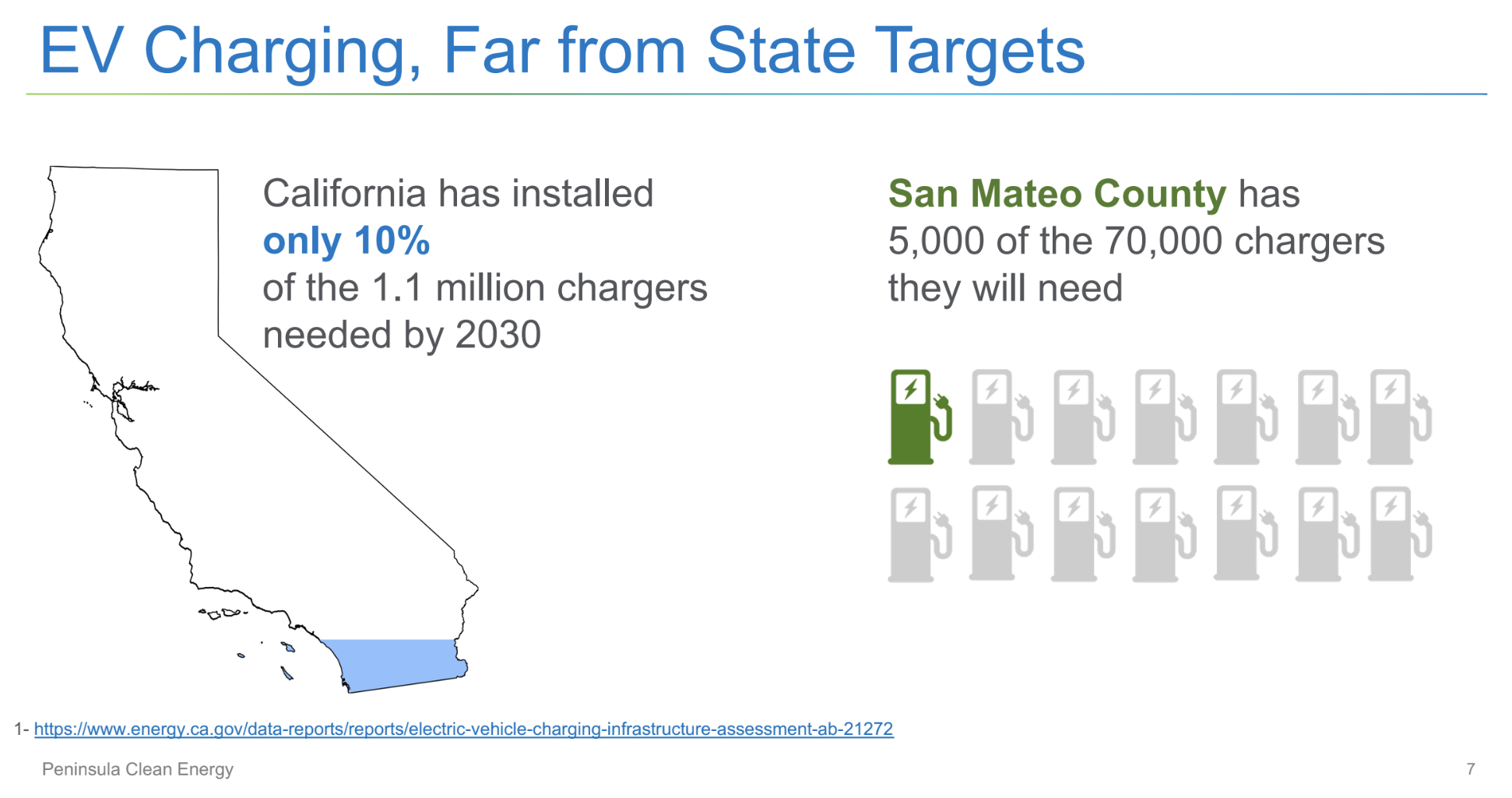
Halide perovskites are a family of materials that have attracted attention for their superior optoelectronic properties and potential applications in devices such as high-performance solar cells, light-emitting diodes and lasers.
These materials have largely been implemented into thin-film or micron-sized device applications. Precisely integrating these materials at the nanoscale could open even more remarkable applications, like on-chip light sources, photodetectors and memristors. However, achieving this integration has remained challenging because this material can be damaged by conventional fabrication and patterning techniques.
To overcome this hurdle, MIT researchers created a technique that allows individual halide perovskite nanocrystals to be grown on-site where needed with precise control over location, to within less than 50 nanometers (A sheet of paper is 100,000 nanometers thick.).

A new MIT platform enables researchers to “grow” halide perovskite nanocrystals with precise control over the location and size of each individual crystal, integrating them into nanoscale light-emitting diodes. Pictured is a rendering of a nanocrystal array emission. Credit: Sampson Wilcox, MIT RLE
The size of the nanocrystals can also be precisely controlled through this technique, which is important because size affects their characteristics. Since the material is grown locally with the desired features, conventional lithographic patterning steps that could introduce damage are not needed.
The technique is also scalable, versatile and compatible with conventional fabrication steps, so it can enable the nanocrystals to be integrated into functional nanoscale devices. The researchers used this to fabricate arrays of nanoscale light-emitting diodes (nanoLEDs) — tiny crystals that emit light when electrically activated. Such arrays could have applications in optical communication and computing, lensless microscopes, new types of quantum light sources, and high-density, high-resolution displays for augmented and virtual reality.
“As our work shows, it is critical to develop new engineering frameworks for integration of nanomaterials into functional nanodevices,” says Farnaz Niroui, senior author of a U.S. National Science Foundation-supported paper published in Nature Communications.
“By moving past the traditional boundaries of nanofabrication, materials engineering and device design, these techniques can allow us to manipulate matter at the extreme nanoscale dimensions, helping us realize unconventional device platforms important to addressing emerging technological needs.”
Courtesy of the National Science Foundation, Nature Communications, & MIT.
I don’t like paywalls. You don’t like paywalls. Who likes paywalls? Here at CleanTechnica, we implemented a limited paywall for a while, but it always felt wrong — and it was always tough to decide what we should put behind there. In theory, your most exclusive and best content goes behind a paywall. But then fewer people read it! We just don’t like paywalls, and so we’ve decided to ditch ours. Unfortunately, the media business is still a tough, cut-throat business with tiny margins. It’s a never-ending Olympic challenge to stay above water or even perhaps — gasp — grow. So …




